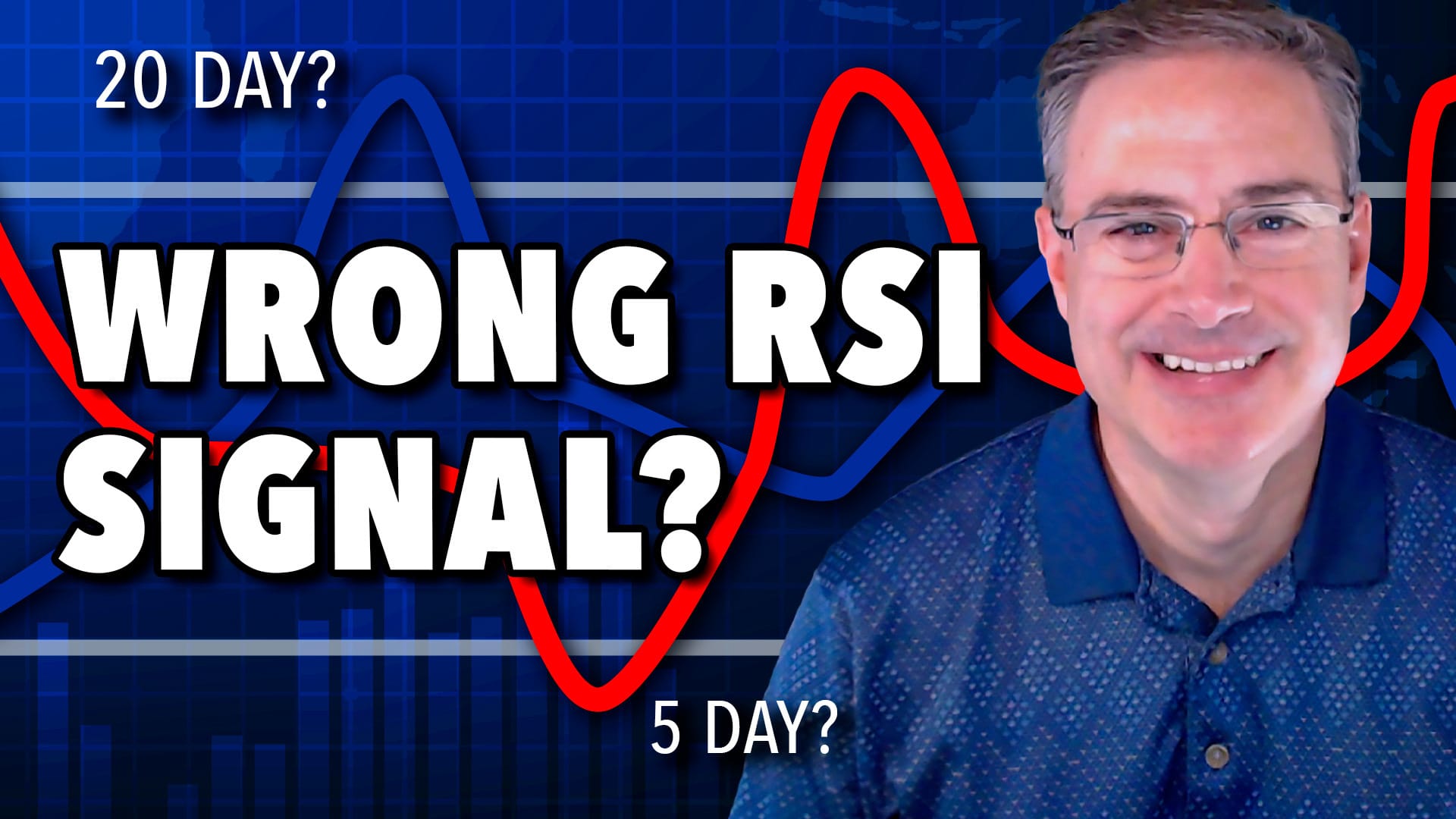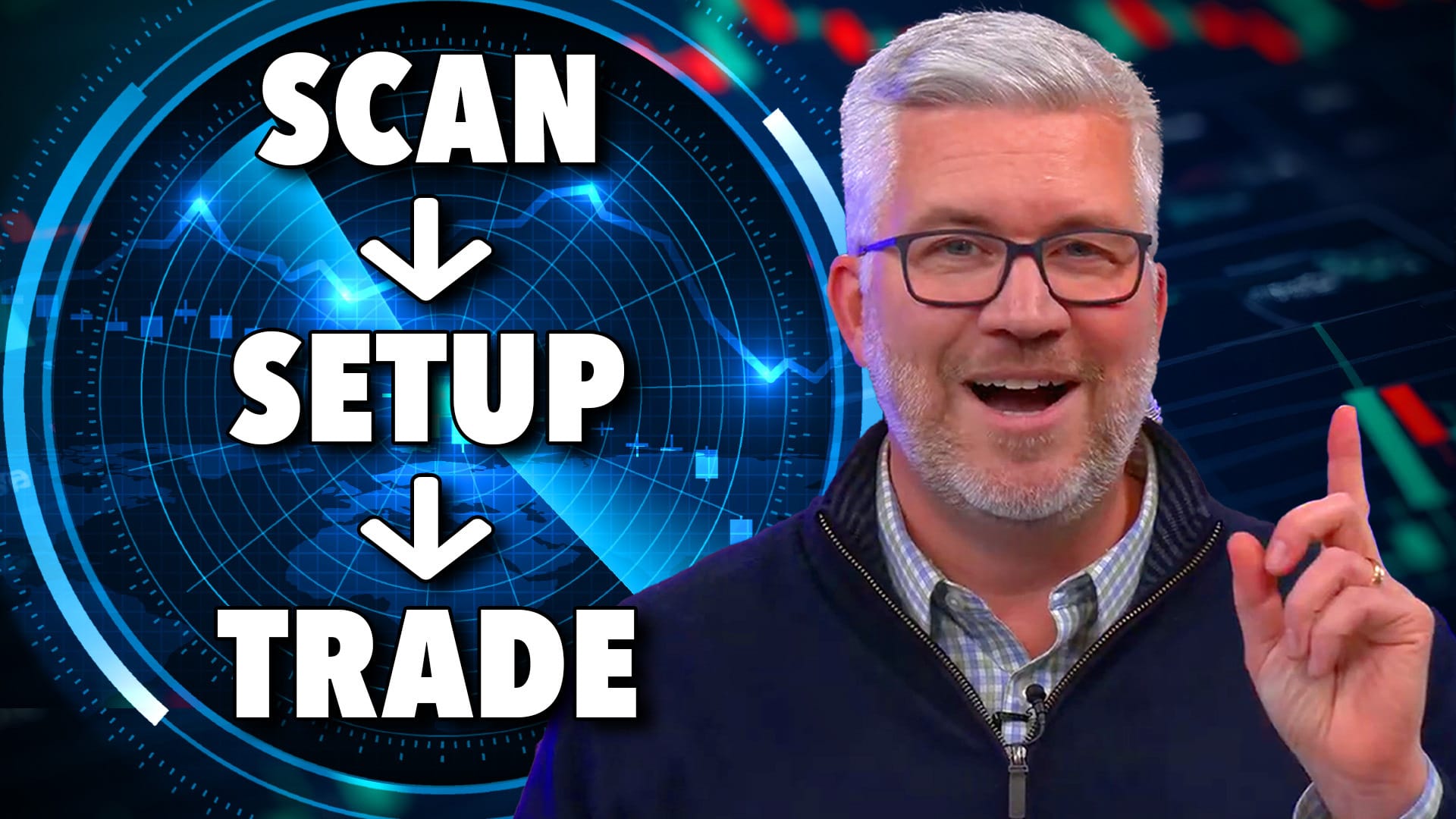DOW FIRMS AT SUPPORT - QQQQ SHOWS SOME LIFT - SMALL-CAPS AND THE JANUARY EFFECT - OIL PLUNGES BELOW SUPPORT - XLE FIRMS NEAR PRIOR LOW - OIH ACTUALLY BOUNCES - TIPS RETREAT WITH GLD
DOW FIRMS AT CONSOLIDATION SUPPORT... Since first moving above 10400 on November 16th, the Dow has been in consolidation mode. Chart 1 shows the senior Average crisscrossing the 10400 level at least six times in the last 17 trading days. Basically, we have a consolidation within an uptrend. With higher highs and higher lows over the last several months, there is no denying the overall uptrend. During this consolidation, the Dow bounced off support at 10200 twice, but failed to continue higher and returned for another support test. Once again, the Dow is firming at support in this area. The bulls remain strong as long as support here holds. A break below 10200 would argue for a correction within the bigger uptrend. The indicator window shows 14-day RSI hitting its support zone around 40-50. This area held since August and defines bullish momentum.

Chart 1
TECHS AND SMALL-CAPS PERK UP... The Nasdaq 100 ETF (QQQQ) was one of the stronger index ETFs on Wednesday. Chart 2 shows QQQQ forging a higher high in November and then moving into a trading range. Broken resistance and the early November gap combine to mark first support around 43. The bulls are in good shape as long as this level holds. At this point, QQQQ is just resting within a bigger uptrend. There is a different between flat trading and actual weakness. QQQQ has yet to break support at 43. This means we currently have a stalemate between bulls (buying pressure) and bears (selling pressure). It would take a break below this first support level to shows signs of actual selling pressure.

Chart 2
Chart 3 shows the Russell 2000 ETF (IWM) stalling near resistance from the mid November high. IWM and small-caps were lagging the market in early November, but have started showing some resilience over the last few weeks. Perhaps the so-called January effect is coming into play already. According to the Stock Traders Almanac, the January effect actually begins in mid December. The January effect is the historical tendency for small-caps to outperform large-caps from mid December to end January. Turning back to IWM, the ETF broke the triangle trendline and then stalled the last four days. Follow through above 61 would complete the breakout and argue for higher prices.

Chart 3
KEY SECTORS CONSOLIDATING GAINS... The next four charts show four key sectors consolidating over the last few weeks. First and foremost, the trends are up because all four recorded new reaction highs in November. Second, consolidation supports mark the first levels to watch for signs of weakness. Chart 4 shows the Consumer Discretionary SPDR (XLY) breaking resistance in November and consolidating around this resistance break. So far the resistance break is holding. Look for a move below the late November low to suggest otherwise.

Chart 4
Chart 5 shows the Materials SPDR (XLB) battling resistance from the September-October highs over the last few weeks. With a decline over the prior four days, XLB is testing support from the late November lows for the third time in four weeks.

Chart 5
Chart 6 shows the Industrials SPDR (XLI) breaking above its September-October highs and consolidating around broken resistance. No signs of weakness here unless XLI breaks below 27.

Chart 6
Chart 7 shows the Technology SPDR (XLK) breaking above its October high in November and moving into a trading range. Broken resistance around 21.5 turns into support. Again, no sign of weakness unless XLK breaks below 21.5.

Chart 7
OIL PLUNGES BELOW FIRST SUPPORT... Chart 8 shows the US Oil Fund ETF (USO) breaking support at 38 with a sharp decline over the last five days. Looking back, USO broke triangle resistance with a surge in October. After becoming overbought, the ETF corrected with what looked like a falling flag. These are normally bullish consolidation patterns, but USO never reversed the fall. Broken resistance around 38 turned into support that was broken decisively this week. Overall, USO shows a failed triangle breakout and failed flag. Next support resides around 34. Todays sharp decline was attributed to an increase in fuel inventories, which means more supply.

Chart 8
Even though inventory news provided todays downside catalyst, oil was already trending lower and showing signs of weakness. First, oil did not follow SPY to a new reaction high in November. Second, oil did not move higher as the Dollar recorded a new reaction low in November. Strength in stocks and weakness in the Dollar should have been bullish for oil. Chart 9 shows weekly candlesticks for West Texas Intermediate ($WTIC). Oil met resistance around 80, which is near the 38% retracement and just below broken support. With this weeks decline, WTIC broke the rising wedge trendline and the next support is around 65.

Chart 9
XLE AND OIL FIRM... Despite a sharp decline in oil today, the Energy SPDR (XLE) and the Oil Service HOLDRs (OIH) managed to firm somewhat. Chart 10 shows XLE firming near its early November low around 54. However, the trend looks down because XLE formed a lower high in mid November and broke wedge support later that month. The 50% retracement and October low mark the next support zone around 52.

Chart 10
Chart 11 shows the Oil Service HOLDRs (OIH) nearing support around 110. This support zone stems from the 50% retracement and broken resistance. Even though oil was down over 2%, OIH was up over 1% today. We should take into account that the ETF did become oversold after the decline from 120 to 110 in just five days. A small oversold bounce is possible here, but I would not consider it noteworthy unless OIH breaks above its December high.

Chart 11
GOLD, TIPS AND THE EURO... Strength in the Dollar is indirectly weighing on the Inflation-Protected Bond ETF (TIP). In Tuesdays Market Message, John Murphy showed commodities reacting negatively to weakness in the Euro and Aussie, which amounts to strength in the Dollar. Chart 12 shows the Euro ETF (FXE) with the Gold ETF (GLD). Both have been moving higher all year, but the advance in gold seriously accelerated in November. Notice that FXE barely exceeded its October high, but GLD blew through its October high. With the Euro falling sharply over the last few days, gold took in on the chin after its sharp run-up. The sharper the rise, the sharper the fall. In Blood Sweat & Tears terms, it would be: what goes up, must come down (Spinning Wheel). After a 20+ percent advance in less than three months, gold was ripe for a correction or pullback. The overall trend for bullion remains up with the gray trendline marking the first support area around 107.

Chart 12
Inflation expectations were also dented by the sharp decline in commodities and gold. Chart 12 shows the Inflation-Protected Bond ETF (TIP) falling along with the GLD. Notice that TIP also took off in November and easily exceeded its October high. While the advances in GLD and TIP are not equal in percentage terms, it is clear that both accelerated higher and sharply corrected at the same time. For reference, the bottom indicator window shows the 20+ Year Treasury ETF (TLT) falling well short of its early October high. Normal bonds were not keeping pace with inflation-protected bonds.

Chart 13












